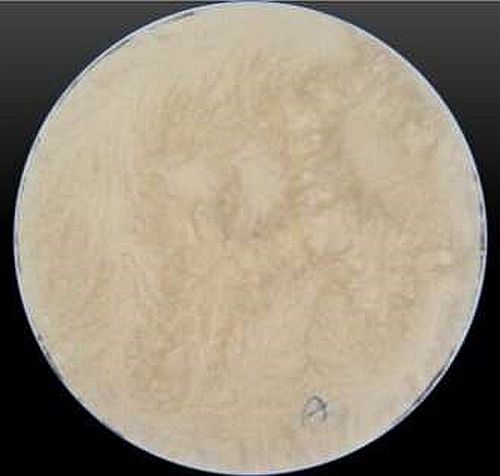
From airplanes to
apartments, most spaces are now designed with sound-absorbing materials that
help dampen the droning, echoing and murmuring sounds of everyday life. But
most of the acoustic materials that can cancel out human voices, traffic and
music are made from plastic foams that aren't easily recycled or degraded. Now,
researchers reporting in ACS Sustainable Chemistry & Engineering have
created a biodegradable seaweed-derived film that effectively absorbs sounds in
this range.
Controlling and optimizing the way sound moves throughout a room is key to creating functional spaces. Foam acoustic panels are a common solution, and they come in a variety of materials and thicknesses tailored to specific sound requirements. Most of these foams, however, are made from polyurethane and other polymers that are derived from crude oil or shale gas.
To avoid petrochemicals, researchers have explored more renewably sourced and biodegradable sound-absorbing alternatives. But many current options are made from plant fibers that don't effectively dampen noises in the most useful range of sound frequencies, or they are too thick or unwieldy to fabricate. So, Chindam Chandraprakash and colleagues wanted to develop a plant-derived, biodegradable material that would be simple to manufacture and that could absorb a range of sounds.
The team created thin films of agar, a jelly-like material that comes from seaweed, along with other plant-derived additives and varied both the thickness and porosity of the films. After running the materials through a battery of tests, the researchers measured how well the films dampened sound across a range of frequencies—from a bass hum to a shrill whine.
To do this, the team created a sound tube in which a speaker is placed at one end, and the test film is fitted over the other end. Microphones in the middle of the tube measured the amount of sound emitted by the speaker and the amount of sound reflected off the film. These experiments showed that porous films made with the highest concentrations of agar had the greatest sound-absorbing qualities and performed similarly to traditional acoustic foams.
The researchers plan to explore ways to modify the agar films to give them other desirable properties, such as flame resistance, and will explore other biologically derived film materials.

 Previous page
Previous page Back to top
Back to top







